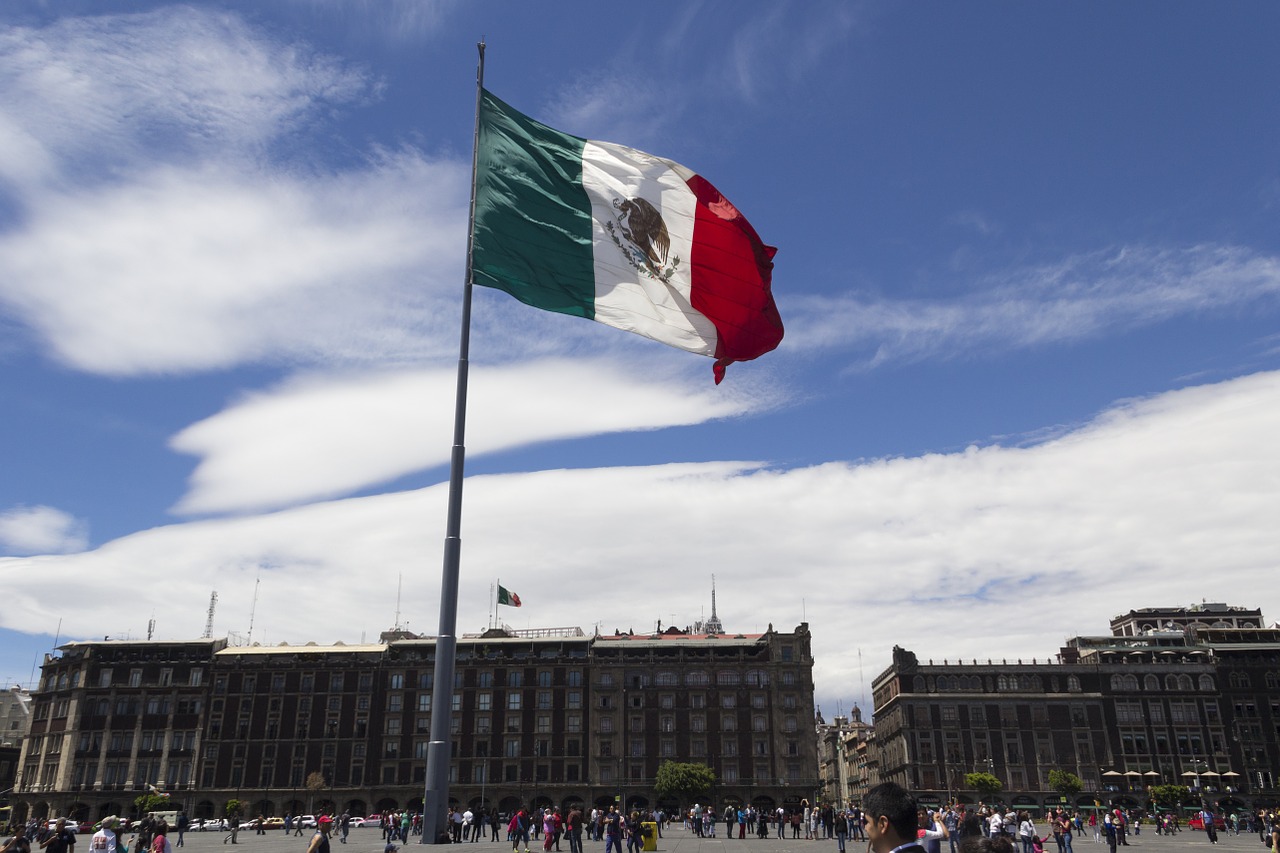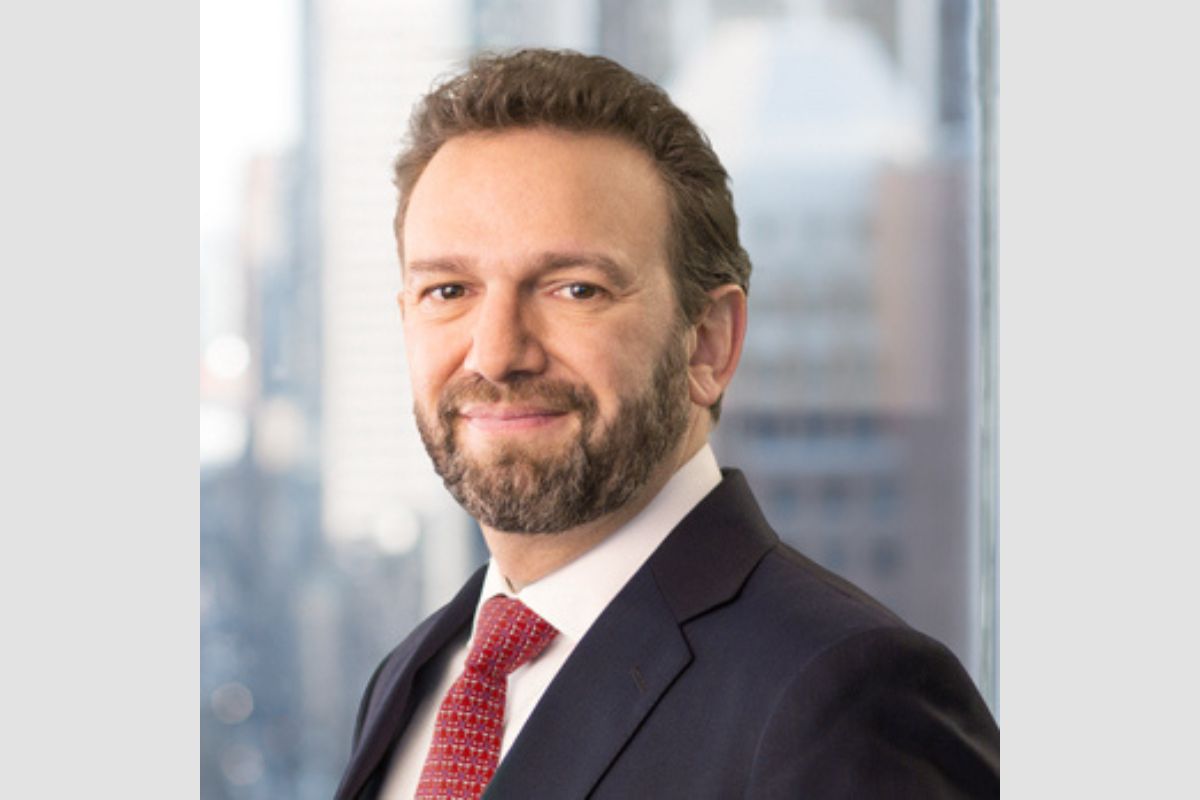As 2026 approaches, international asset managers and investment firms are outlining the main factors they believe will shape the year ahead and their preferred asset allocation strategies. Although each has a distinct perspective, they agree that as 2026 unfolds, uncertainty stemming from changes in central bank policy, geopolitical tensions, and structural shifts will define the macroeconomic landscape.
Alexandra Wilson-Elizondo, Co-Chief Investment Officer of Multi-Asset Solutions at Goldman Sachs Asset Management, says these forces are creating opportunities across public and private markets—from disruptions to secular growth themes and alternative sources of return. “We believe investors need a truly diversified, multi-asset approach that combines active cross-asset positioning, granular security selection, disciplined risk management, and explicit tail-risk hedging, in order to protect capital while also opening new avenues for growth,” she states.
Mark Haefele, Chief Investment Officer at UBS Global Wealth Management, frames the question for 2026 as whether the powerful forces of AI, fiscal stimulus, and monetary policy easing can push global markets beyond the gravitational pull of debt, demographics, and deglobalization toward a new growth era. “Navigating these structural changes requires investors to adapt their strategies, focusing on sectors and themes where capital is flowing and transformation is underway,” Haefele notes.
So, what is the central scenario for these and other global asset managers in the coming year? And, more importantly, what asset allocation do they see as best suited to navigate that scenario? Let’s look at each one:
Robeco: A Return to 2017
Robeco foresees a cyclical, global, and synchronized rebound that would mirror the conditions of 2017, driven by the convergence of several factors: easing trade tensions, a recovery in the manufacturing cycle, and the delayed effects of monetary easing.
A key theme for the year will be central banks, which will have to navigate a “maze” as they seek balance between political pressures and an overheated economy. “Despite persistent uncertainty, the global economy is ready to play in unison—even if just a short piece,” they comment.
In Robeco’s base case, U.S. real GDP is expected to grow by 2.1% in 2026, supported by AI-driven productivity gains and fiscal stimulus from the One Big Beautiful Bill Act. However, they note that the U.S. economy remains divided: high-income consumption will remain strong, while lower-income households will feel pressure from rising tariffs and slowing job growth.
Europe’s growth engine is said to be “revving up,” with Germany showing accelerating activity thanks to fiscal stimulus. “The eurozone is expected to grow by 1.6%, supported by fiscal expansion and pent-up consumer demand. China, while still battling deflationary pressures, may see a domestic recovery in the second half of 2026 as real estate deleveraging ends,” they add.
Robeco sees continued upside for equities, especially in interest-rate-sensitive sectors and markets outside the U.S. While U.S. valuations remain high, earnings—particularly in tech—will be key. “Eurozone equities look attractive based on valuation and macro factors, and emerging markets could benefit from a weaker dollar and improved trade flows,” they state. In fixed income, Robeco favors shorter durations due to expectations of higher long-term yields.
On sustainability, Rachel Whittaker, Head of Sustainable Alpha Research at Robeco, adds: “Sustainable investing isn’t disappearing—it’s realigning. As the tempo changes, we’re holding the note in our clients’ interest while adapting to new realities. Staying focused on our long-term investment convictions reinforces the relevance and resilience of sustainable investing, as it’s grounded in science and enduring principles—not trends.”
JSS SAM: A Global Resilience Scenario
For Claudio Wewel, currency strategist at J. Safra Sarasin Sustainable AM, the keyword for 2026 is resilience. “The U.S. economy continues to show resilience, with AI investment increasingly contributing to GDP growth. Purchasing managers’ indices reflect solid activity in both manufacturing and services. Consumer confidence remains stable and largely unchanged since September. However, there are growing signs that the economy’s overall state has become more fragile,” Wewel argues.
In the eurozone, he expects improvement over time. “We are more optimistic for next year, when fiscal spending in Germany is expected to positively impact growth. So far, businesses haven’t expanded production capacity in anticipation of higher demand. Investment spending and industrial orders remain low,” he adds.
Market developments led portfolios to show slight equity overweights during the month, a position they’ve modestly increased in selected areas. “We’ve considered macroeconomic improvement, looser monetary policy, and imminent fiscal stimulus. In response to falling interest rates, we’ve reduced fixed income allocations,” Wewel explains.
They remain regionally neutral in equities and maintain a largely balanced stance across investment-grade bonds, high yield, and emerging markets. “We’re holding our gold position, though we’ve taken advantage of the sharp price increase to realize part of the accumulated gains,” he concludes.
GSAM: Public and Private Markets
Goldman Sachs Asset Management believes that AI will continue to fuel investor optimism, though it recommends a diversified multi-asset strategy based on active management and granular security selection to navigate a complex year geopolitically, monetarily, commercially, and fiscally.
In their report “Seeking Catalysts Amid Complexity,” they foresee increased dispersion in equity markets, with a favorable trend toward global equity diversification and a mix of fundamental and quantitative strategies. In fixed income, they focus on duration diversification and strategic curve positioning to navigate mixed macro signals. “Income opportunities may arise from securitized credit, high yield, and emerging markets,” they note.
In private markets, they expect 2026 to be a more constructive environment for new deals and exits, possibly leading to greater dispersion in private equity manager returns. “Private credit continues to outperform public markets, with historically lower default rates than syndicated loans. Rigorous risk assessment is essential, and opportunities are emerging in infrastructure driven by AI and the energy transition,” they assert.
UBS GWM: Will the Law of Gravity Break?
In its Year Ahead 2026 report, the UBS Global Wealth Management CIO notes that while political headlines will remain in the spotlight, history shows their impact on financial markets is often short-lived. Still, they identify several risks that could weigh on markets in the year ahead, including: disappointment in AI progress or adoption, a resurgence or persistence of inflation, a deeper phase of strategic rivalry between the U.S. and China, and renewed concerns over sovereign or private debt.
Barring these risks, UBS GWM sees AI-driven innovation as a key market driver in 2025, with the information technology sector now accounting for 28% of the MSCI AC World Index. “Strong capital expenditure trends and accelerating adoption are likely to drive further growth for AI-linked equities,” they point out.
They expect the economic backdrop in 2026 to broadly support equities, with growth accelerating in the second half of the year. Specific forecasts include: 1.7% growth in the U.S., supported by looser financial conditions and accommodative fiscal policy; 1.1% GDP growth in the eurozone; and approximately 5% growth in the Asia-Pacific (APAC) region.
With these dynamics in mind, UBS GWM recommends increasing equity exposure and exploring opportunities in China. “Favorable economic conditions should support global equities, expected to rise around 15% by the end of 2026. Strong U.S. growth and supportive fiscal and monetary policy benefit tech, utilities, healthcare, and banking, with gains likely in the U.S., China, Japan, and Europe. China’s tech sector stands out globally, supported by strong liquidity, retail flows, and expected 37% earnings growth in 2026. Broader exposure to Asia, particularly India and Singapore, could offer additional diversification benefits, as could emerging markets,” the firm states.
Their second asset allocation focus is commodities. “Supply constraints, rising demand, geopolitical risks, and long-term trends such as the global energy transition should support commodities. Within this asset class, we see particular opportunities in copper, aluminum, and agricultural commodities, while gold serves as a valuable diversifier,” they argue.




